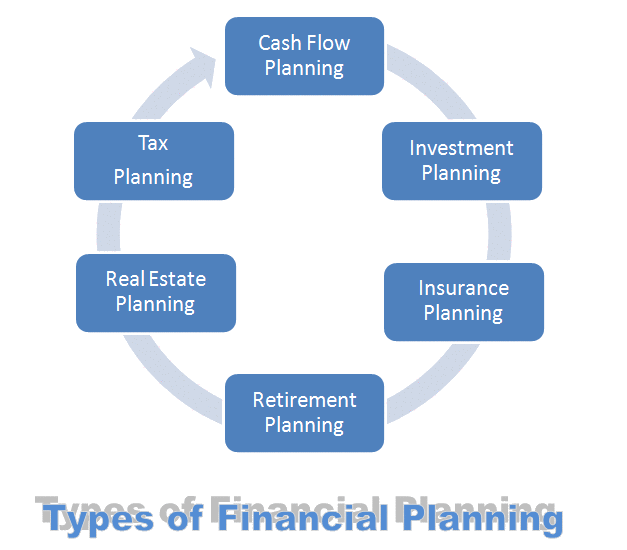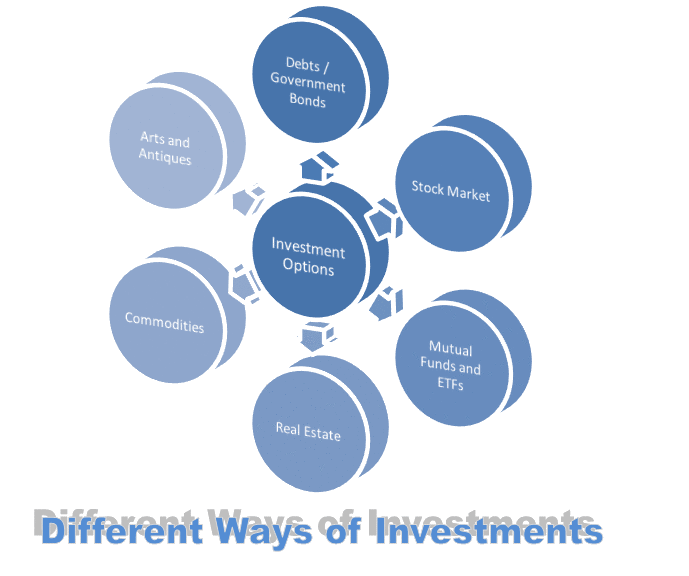If you want to save money on taxes, investigate ELSS fund, often known as Equity-Linked Savings Schemes. It is a diversified stock mutual fund that helps you save money on taxes when the value of stocks increases. ELSS mutual funds may be the optimal long-term investment for inflation protection and capital appreciation.
In high demand are alternative investments that help investors create wealth, generate consistent returns, and/or reduce taxes. Although there are numerous investment options available, the vast majority earn taxable income under the Internal Revenue Code. The ELSS funding has come. ELSS Funds are mutual funds that invest in stocks while minimizing tax liability. This section will examine ELSS Tax Saving Mutual Funds and provide all important details.
What is ELSS Mutual Fund Definition?
Unlike debt funds, ELSS funds invest the majority of their assets in stocks and other equity-related products. ELSS funds are sometimes refer to as tax savings plans since they grant a tax exemption of up to Rs.150,000 per year under Section 80C of the Income Tax Act.
ELSSs are mutual funds that invest substantially in the stock market. Under Section 80C, investments in ELSS mutual funds are tax-deductible up to Rs. 1.5 lakh. Due to the three-year lock-in period, ELSS are typically favour over alternative tax-saving strategies. This means that you can only sell your investment three years after obtaining it! To maximise your ELSS fund earnings, hold your money as long as feasible. ELSS SIP: Each instalment of an ELSS SIP has a three-year lock-in period; hence, each instalment has its own maturity date.
How ELSS Mutual Funds Work?
ELSS Funds are stock base mutual funds. Depending on their investment objectives, these funds invest a portion of their assets in publicly traded companies. Multiple market capitalization (large, medium, and small) and industrial sectors get select-able for the portfolio. The objective of these funds is long-term capital gains. After doing rigorous market research, fund managers choose securities with the highest risk-adjusted returns.
SIP vs. Lumpsum ELSS Funds
To take advantage of tax savings, investors frequently convert to ELSS funds at the eleventh hour. Consequently, they decide to sell their entire investment. They are in a hurry to reduce their tax liability, and their only option is a lump sum investment.
Investing during a bull market can be risky, especially if done improperly. Because ELSS investments usually have long-term financial goals, a systematic investing plan can help reduce your average cost per unit purchased.
Due to the three-year lock-in period, many young investors prefer ELSS funds to PPF or NSC. Given that it normally takes 5-7 years for stock investments to stabilise, this technique may be unproductive. Due to their inherent volatility, avoid short-term investments in ELSS funds.
Advantages / Benefits of ELSS Mutual Funds
Equity-Linked Savings Scheme (ELSS) funds are a form of mutual fund that offer numerous benefits to investors. Listed below are some of the advantages / benefits of ELSS mutual funds:
Quickest Lock-in
These mutual fund programmes are lock-in for three years. ELSS investments are not redeemable until three years have passed. Rather than the SIP registration date, the lock-in period is determine when investing through a systematic investment plan (SIP).
Future Profits May be Greater
PPFs and CDs are fixed income investments, but ELSS is a market-linked return investment. With a medium- to long-term investment horizon, ELSS can yield substantially higher wealth.
Greater After-tax Returns
ELSS long-term capital gains are exempt from taxation up to Rs 1 lakh per year. Gains over one lakh rupees are taxed at a rate of 10 percent. Lower tax rates and higher return rates generate the highest after-tax returns.
Investing Regularly and Without Difficulty
Regular investment is a straightforward method for accumulating wealth. Simple monthly systematic investment plans may be utilised to invest in ELSS funds (SIP).
No Redemption is Automatic
Unlike most other Section 80C-eligible investments, ELSS units are not redeemable after the lock-in period. Consequently, investors can continue to invest in these funds after the three-year lock-in period expires. This allows investors to align their assets with their long-term financial objectives, which is favourable. Consequently, ELSS assists investors in saving money and organising their finances.
The Benefits of Taxation
ELSS is one of the investment options available to taxpayers under Section 80C of the Income Tax Act, which provides a tax advantage of up to Rs 1.50 lakh per year. If you invest within the time limit, you will earn a tax benefit equal to the amount of your investment, up to a maximum of Rs 1.5 lakhs (total of all eligible payments/investments). ELSS funds may be purchase as a flat sum or as part of a systematic investment plan (SIP).
Who Should Invest in ELSS Mutual Funds?
The primary investment objective of the Scheme is to seek medium- to long-term capital appreciation through a diversified portfolio of securities and other assets. Then, we will examine who should invest in ELSS funds.
Initial / First Time Investors
ELSS is a fantastic option for first-time investors because it introduces them to stock and mutual fund investing. Short-term stock investments are riskier than other forms of investment. Investing for more than five years reduces risk. Monthly SIPs, like other stock investments, are the best way to get start with your investment.
Investing in an ELSS fund enables you to amass additional units while obtaining exceptional returns during market downturns. Why should ELSS be your first investment? Describes the benefits of this investment plan
Those with a Salary Individuals
The employee’s salary is deduct and put in the Employee Provident Fund (EPF), a fixed-income investment. ELSS are the optimal solution for investors seeking a balanced risk and return profile. In addition to the potential for exceptional gains, investments in ELSS are eligible for a tax credit under Section 80C.
NPSs and ULIPs employ the similar method, but with a longer lock-in period and smaller potential returns. ULIPs, for instance, have a five-year lock-in period. Investments in the National Pension System (NPS) are guarantee until age 60. With a three-year lock-in period, ELSS funds are the most flexible alternative.
Ways to Invest in ELSS Fund
Cap-weighted funds are ones that invest largely in stocks of companies with various market capitalizations. Let’s examine the numerous choices for investing in ELSS funds.
Reinvesting Dividends is an Option
This method involves reinvesting dividends to improve the value of the stock. This method is beneficial when the market is rising and predicted to continue increasing.
Option to Obtain Dividends
Those who pick this option will occasionally earn tax-free dividends. Only when earnings exceed ordinary business expenses is a dividend issued.
Potential for Expansion
If you choose growth, dividends will not be paid. Only upon redemption will investors profit, hence increasing the overall NAV and their earnings. Consider that the incentives are market-based.
Remember Before Investing in ELSS Fund
Among the several benefits of investing in ELSS mutual funds is the possibility to invest in foreign currencies. Before investing in ELSS funds, also known as tax-advantaged mutual funds, consider the following conditions.
The History of the Fund House
Selecting mutual fund companies with a track record of consistent performance over a long period of time, such as five to ten years, is essential for minimising risks and maximising rewards.
A Portfolio Manager
Another concern is the manager of your funds. The fund manager must have expertise in stock selection and portfolio management.
The Percentage of Expense Ratio
The cost ratio indicates how much of your funds are devoted to fund management. Investing in funds with fewer fees is generally better since a lower expense ratio results in a larger net return.
ROI
Prior to investing, compare a fund’s prior performance to that of its competitors and a benchmark. If a fund outperforms its benchmark or competitors, investors will profit significantly.
Financial Variables
Standard Deviation, Sharpe Ratio, Alpha, and Beta can be used to evaluate the performance of a fund. A fund with a high standard deviation and beta is more risky than one with a low standard deviation and beta. Invest in mutual funds with a high Sharpe ratio.
Conclusion
ELSS are tax-benefit mutual funds that invest largely in equity-related securities. The lock-up period for ELSS mutual funds is three years. Under Section 80C of the Internal Revenue Code, ELSS fund investments are tax-deductible.







